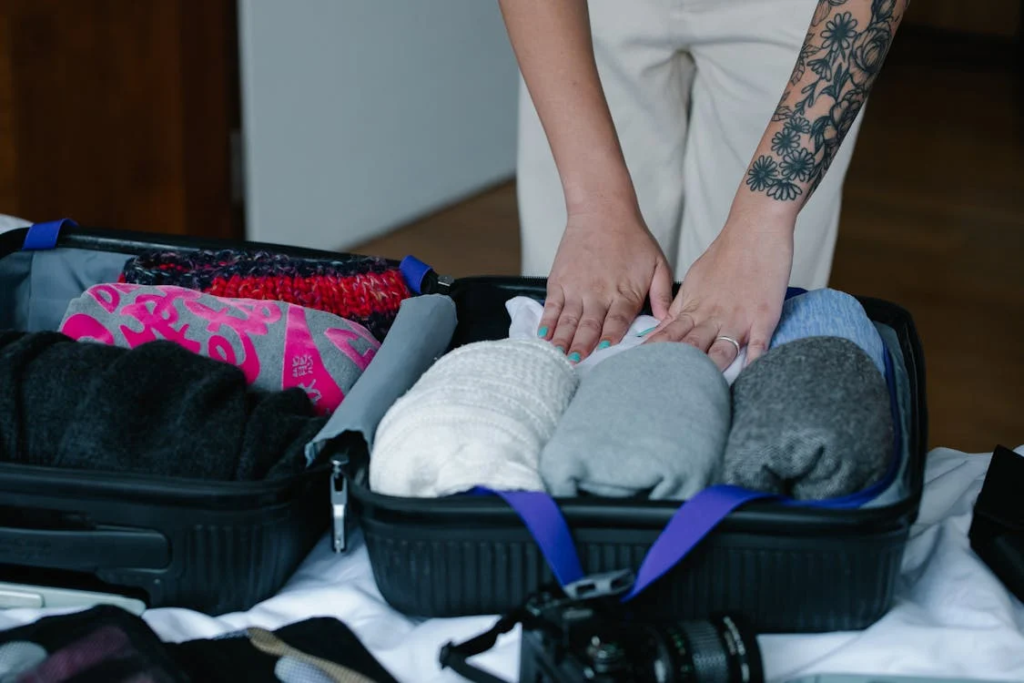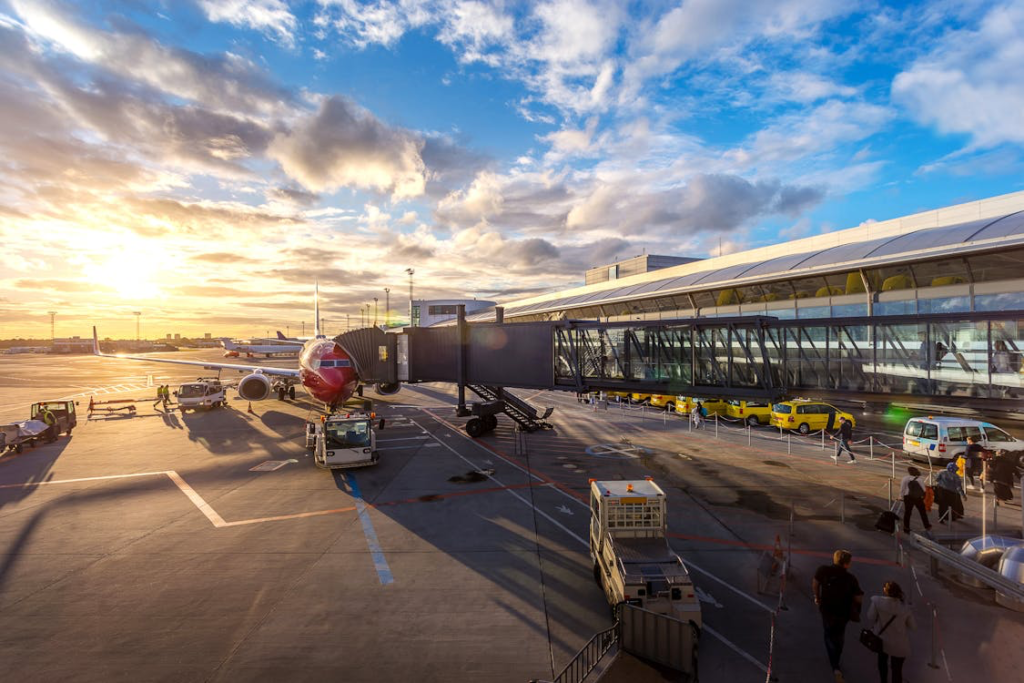If you’ve been scrolling through social media lately, you’ve probably seen alarming headlines about new carry-on luggage rules. Claims that “60% of all carry-on luggage no longer meets airline restrictions” or “TSA banning new items” might have you worried. However, before you rush to buy new luggage or toss out your favorite toiletries, let’s separate fact from fiction about these carry-on luggage regulations.
Separating Rumor from Reality

The truth is more nuanced than those attention-grabbing headlines suggest. While some changes are happening, the situation isn’t as dramatic as social media might have you believe. “Don’t take the clickbait. People can say anything online and often do, so be sure to go to the source when preparing to travel,” advises one travel expert. So what’s changing in 2025? Not the core rules themselves, but rather how strictly they’re being enforced.
The Biggest Change: Stricter Enforcement
Airlines haven’t completely rewritten their rulebooks. Instead, they’re applying existing policies more consistently. “What has changed is that this is being enforced more strictly,” notes one travel site regarding liquid restrictions. Two main factors are driving this increased enforcement:
- Overhead Bin Space: More passengers try to avoid checked bag fees by bringing carry-on luggage. Consequently, overhead bins fill up faster than ever.
- Boarding Efficiency: Airlines want to expedite the boarding process. Therefore, limiting carry-on items helps reduce delays caused by passengers struggling to find space for oversized bags.
Read More: 15+ Stunning View From Plane Windows That People Will Always Remember
Understanding Airline Size Restrictions
According to travel experts, “Some airlines have changed the dimensions of acceptable carry-on luggage and may be stricter about enforcing carry-on rules, including weight limits. However, this is not universal.” The key takeaway? There is no universal carry-on size or weight limit. Each airline sets and enforces its own rules. As a result, what fits perfectly on one carrier might cost you extra fees on another. Many U.S. carriers maintain the familiar 22 x 14 x 9-inch standard for overhead bin luggage. Meanwhile, international airlines often implement stricter requirements, especially regarding weight. Consider these variations:
- Southwest allows carry-on luggage up to 24 x 16 x 10 inches with no weight limit.
- Spirit permits 22 x 18 x 10 inches with no weight limit.
- Qantas restricts economy passengers to 22 x 14 x 9 inches with a 15-pound limit.
- Japan Airlines allows 22 x 16 x 10 inches but caps weight at 22 pounds.
“The best thing you can do before traveling is visit the airline’s website and view their specific baggage restrictions and guidelines,” advises travel industry experts.
The Two-Item Rule Under Scrutiny

Most travelers know they’re allowed a carry-on bag plus a personal item. Currently, airlines are enforcing these limits more stringently. For instance, Southwest Airlines counts cameras, laptops, briefcases, and even blankets as personal items. This isn’t a new rule, just heightened enforcement of existing policies.
Some budget airlines impose even tighter restrictions. Specifically, United Airlines Basic Economy passengers on domestic U.S. flights can only bring one personal item. They prohibit full-size carry-on luggage in the cabin for these ticket holders.
Read More: 11 Mistakes Travelers Make When Taking Long-Haul Flights
TSA Liquid Rules: No Changes, Just Consistency
Despite rumors, the TSA’s 3-1-1 rule for liquids remains firmly in place. You still face limits to containers of 3.4 ounces (100 ml) or less. Additionally, all must fit within a single quart-sized clear bag.
What About Those Battery Ban Rumors?
Rumors about battery bans have also circulated widely. Yet these claims are largely false. The TSA has long maintained specific rules about lithium batteries without imposing a blanket prohibition. Currently, passengers can carry lithium batteries rated up to 100 watt-hours in their carry-on luggage. This includes:
- Most power banks (under 27,000 mAh)
- Laptop batteries
- Phone batteries
- Camera batteries
One critical rule remains unchanged: you must pack lithium batteries in your carry-on, not in checked luggage due to fire safety concerns.
Special Considerations Still Apply
Medications: Liquid medications receive an exemption from the 3.4-ounce limit. However, you must declare them at security checkpoints.
Baby Formula and Breast Milk: These items also gain exemption from liquid restrictions when traveling with infants.
Electronics: You still need to remove laptops and other large electronic devices at most security screening points.
How to Prepare for Your Next Flight
Measure Everything: Don’t guess whether your carry-on luggage meets size requirements. Instead, measure it. Remember to include handles and wheels as they count toward the total dimensions.
Check Your Airline’s Website: Policies vary significantly between carriers. What one airline allows might be forbidden by another. Above all, always verify the specific guidelines for your flight.
Weigh Your Bag: International carriers often impose strict weight limits for carry-on luggage. Exceeding these limits could result in unexpected fees at the gate.
Smart Packing Strategies

Roll Your Clothes: This approach saves space and minimizes wrinkles. It works especially well for casual items like t-shirts and pants.
Use Packing Cubes: These tools help organize and compress clothing while keeping everything accessible in your carry-on luggage.
Wear Your Bulkiest Items: Save luggage space by wearing your heaviest shoes and jacket on the plane instead of packing them.
Choose a Strategic Personal Item: Select a bag that maximizes your allowed personal item dimensions while ensuring it fits under the seat.
What to Do If You Exceed Limits
If your carry-on luggage doesn’t comply with requirements, you might face:
- Gate-checking your carry-on (sometimes free, sometimes not)
- Paying extra fees to check your bag
- In extreme cases, getting denied boarding if you refuse to comply
The Bottom Line on Carry-On Luggage

Airlines have intensified how they enforce carry-on luggage rules, though most core regulations remain unchanged. The key difference in 2025 is more consistent application of existing policies. Check your specific airline’s requirements, measure your carry-on luggage, and pack strategically. By taking these steps, you can avoid unpleasant surprises and enjoy a smoother journey. Investing a few minutes in preparation before heading to the airport can save hours of frustration and potentially significant unexpected costs.
Read More: Best U.S. Destinations for Solo Travelers Looking for an Epic Adventure

